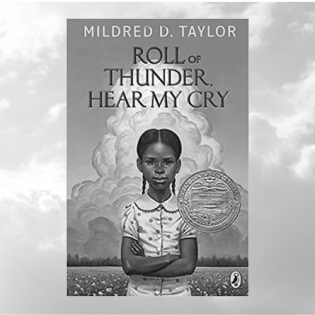What Are Your Thoughts?
Readers examine the lasting effects of power, privilege, and discrimination on communities.
The learners will:
- interpret the feelings of different characters.
- identify responses to violations of human dignity involving discrimination.
Link to the Feelings Wheel at https://thechalkboardmag.com/the-feelings-circle-chart-emotional-communication
- Taylor, Mildred. Roll of Thunder, Hear My Cry. New York: Puffin Books, 1991.
Instructions
Anticipatory Set:
Ask the participants to think of a time in their lives when they were disillusioned, or when they found out something they held to be true was false. For example, did you believe in something only to find out later that it never existed (think of childhood experiences)?
Participants finish reading the novel.
After reading the final chapters, discuss in connection to the question above, that Cassie wasn't aware of everything going on. Her family wanted to protect her from some of the harsh cruelties of racism. They also wanted to bring up their children with strong values and pride and self-respect. What are some things her family kept from her? What harsh truths do children need to be protected from and why? Think about who started the fire and why. What did the fire cost the family? What did they protect?
Cassie learns she must fight racism when possible with words, boycotts, and supporting their loved ones. Her parents taught her to endure injustice when necessary for survival and fight later.
What are some ways to fight injustice today with words and actions?
Do parents raise their children to be inferior to other humans? Cassie’s parents were no different. Families instill courage, strength, love, and confidence in each other.
Talk about learning edge – when we are on the learning edge, we are most open to expanding our knowledge and understanding – as well as expanding our comfort zone itself. Being on this edge can be uncomfortable or we may feel out of balance. We may experience this as feeling annoyed, angry, anxious, surprised, confused, defensive, or in some other way uncomfortable. These reactions are a natural part of the process of expanding our comfort zones and are a part of the learning process.
Look at the feelings wheel linked above to explore some of the feelings involved in pushing ourselves in uncomfortable situations. Talk about some feelings involved when we see injustice.
Philanthropy Framework
-
Strand PHIL.II Philanthropy and Civil Society
-
Standard PCS 02. Diverse Cultures
-
Benchmark MS.5 Discuss examples of groups denied their rights in history.
-
-
